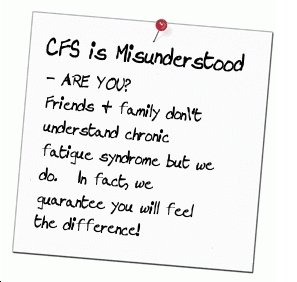Is Prickly Heat Dangerous?
Not many people know that prickly heat rash is more than a skin problem that occurs due to excessive sweating. It can be a very dangerous physical condition affecting the entire body. In its most severe form, it can be life threatening. It should not ever be taken lightly.
Prickly heat rash is most likely to happen in hot, humid weather. The rash looks like an outbreak of tiny blisters that typically cause a persistent itch.
It can happen to anyone at any age, but it occurs more often in active children because their sweat glands are not yet fully developed.
There are other names for heat rash, including sweat rash and miliaria. The name miliaria should not be mistaken for malaria, which is a serious disease caused by parasites.
Prickly heat may be caused by bacteria that become trapped in clogged sweat gland ducts. Not only does the skin around these ducts become irritated, but the clogs also prevent sweating.
This can have serious consequences. When sweat glands are clogged, the body can't cool itself efficiently.
Trapped sweat eventually causes the blisters to burst, which triggers a variety of problems that affect the immune system, adrenal system, and psychological functions. Some people have described the process as the body cooking itself.
The first symptom to appear when you have prickly heat is a small red rash that usually causes itchiness. The rash may appear in several places simultaneously.
The first signs of the rash often show up on the face, neck, under breasts in women or beneath the scrotum in men. It also often appears where clothing rubs against the skin.
Prickly heat is sometimes mistaken for a condition known as shingles, which presents a similar rash. Generally speaking, however, shingles only causes a rash on a single side of the body.
Prickly heat symptoms can show up in multiple places, as noted above, and can resemble severe burns. If heat rash isn't treated, it can grow worse quickly, accompanied by growing pain and discomfort.
When prickly heat is treated, it usually resolves itself in several days.
It's important to stay in a cool or air-conditioned place during recovery, and to avoid sweating. If the blisters turn into open sores, a variety of secondary problems could follow.
There are several types of heat rash. Miliaria rubra is the most common type.
Miliaria crystallina is a variety that features tiny blisters that look more like perspiration beads rather than a rash.
A third type called miliaria profunda is known to some as "wildfire." It is a very severe and dangerous type that results from recurring episodes of miliaria rubra.
When you have miliaria profunda, your sweat ducts are entirely blocked, making it impossible to sweat.
This can trigger heat exhaustion, severe fever, and other physical problems that include brain damage. It can even be fatal.
Miliaria profunda can require a recovery period of five to six weeks.
To learn what to put on prickly heat rash, click on treating prickly heat rash You'll find dozens of articles about skin problems and skin care on this site, so make sure you check out the a-z directory section of the site as well.
the A to Z directory of dealing with Health Problems & Self Care Strategies for natural remedies to your health issues.

Subscribe to get your weekly "Health Success Magazine" with a new complete & comprehensive Health Report in every edition!

to “Your Health Success”
our weekly F’R’E’E’ Newsletter
If you would like a free no-obligation private consultation or to contact Warren Tattersall for more information, please click here >> Contact Us

Click the books above to learn more about how we treat CFS naturally, to get your life back!
You will find many assorted Health Reports available for download free to you on this website!
Our free Health Success Reports are each available for you to download when you subscribe to receive them and their 7 part eCourse.
You can unsubscribe at any time, but we are sure you will want to receive all the email lessons of these informative ecourses.
Read more HERE to select the REPORT subjects of most interest (or concern) to you.







